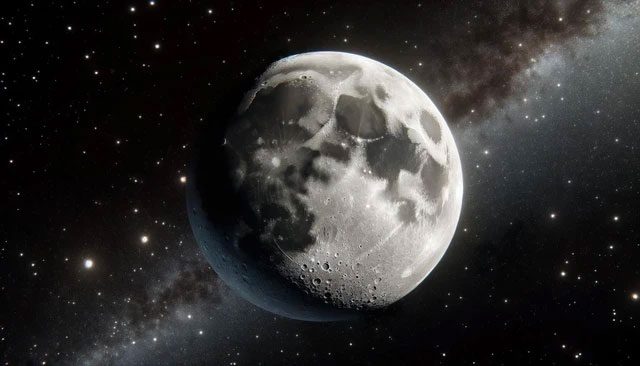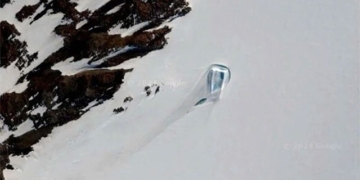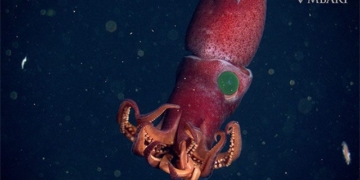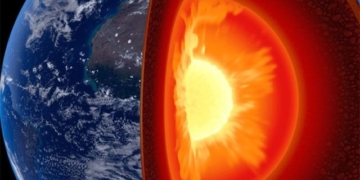The small crystals brought back by Apollo 17 to Earth half a century ago have answered many mysteries about the Moon as well as the “colliding body” known as Theia billions of years ago.
A research team from the University of Glasgow (UK), the Field Museum, and Northwestern University (USA) utilized modern techniques to analyze lunar rock samples collected by NASA’s Apollo 17 mission in 1972.
This research inadvertently revealed that our Moon is older than previously estimated, along with other details surrounding the collision between young Earth and a planet the size of Mars named Theia.

The Moon is vivid evidence of the collision between ancient Earth and the planet Theia – (Photo: SCITECH DAILY).
According to SciTech Daily, using modern atomic probe tomography techniques, scientists have determined the age of the oldest zircon crystals in the samples.
These are essentially a “time capsule” of the Theia event, long known only as a hypothesis.
This hypothesis suggests that around 4.4 to 4.5 billion years ago, the planet Theia collided directly with young Earth. Material from the two planets mixed together to form the material of present-day Earth.
Meanwhile, some debris was ejected into space, orbiting Earth and gradually accumulating to form the Moon.
This also explains why Earth and its only natural satellite have similar compositions.
Previous estimates suggested that the Moon formed about 4.425 billion years ago.
However, zircon crystals can only form when magma oceans—which existed briefly during the celestial body’s “infancy”—cooled down.
According to a publication in Geochemical Perspectives Letters, the oldest crystal that Apollo 17 inadvertently brought back is up to 4.46 billion years old. This implies that the Moon must be older than that figure.
Scientists believe that the Moon is approximately 40 million years older than the original estimate, a reasonable figure. This also pushes back the timing of the collision between Earth and Theia by that amount of time.
As evidence of the Moon’s formation process, these crystals also serve as valuable proof that the catastrophic planetary collision within our young solar system is not just a hypothesis.
Moreover, it marks another wonderful fact: the opportunity for life to exist on Earth.
The creation of the Moon is vital for us to have a planet like we do today. This satellite stabilizes Earth’s rotation axis, resulting in a 24-hour day and creating tides.
Earth might still be capable of generating life without the Moon; however, it would be a very different form of life from the world we know today.


















































